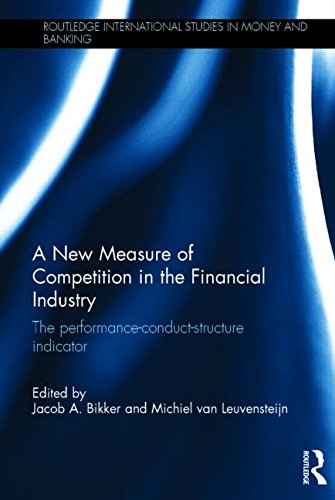

Most ebook files are in PDF format, so you can easily read them using various software such as Foxit Reader or directly on the Google Chrome browser.
Some ebook files are released by publishers in other formats such as .awz, .mobi, .epub, .fb2, etc. You may need to install specific software to read these formats on mobile/PC, such as Calibre.
Please read the tutorial at this link: https://ebookbell.com/faq
We offer FREE conversion to the popular formats you request; however, this may take some time. Therefore, right after payment, please email us, and we will try to provide the service as quickly as possible.
For some exceptional file formats or broken links (if any), please refrain from opening any disputes. Instead, email us first, and we will try to assist within a maximum of 6 hours.
EbookBell Team

5.0
30 reviewsThe 2008 credit crisis started with the failure of one large bank: Lehman Brothers. Since then the focus of both politicians and regulators has been on stabilising the economy and preventing future financial instability. At this juncture, we are at the last stage of future-proofing the financial sector by raising capital requirements and tightening financial regulation. Now the policy agenda needs to concentrate on transforming the banking sector into an engine for growth. Reviving competition in the banking sector after the state interventions of the past years is a key step in this process.
This book introduces and explains a relatively new concept in competition measurement: the performance-conduct-structure (PCS) indicator. The key idea behind this measure is that a firm’s efficiency is more highly rewarded in terms of market share and profit, the stronger competitive pressure is. The book begins by explaining the financial market’s fundamental obstacles to competition presenting a brief survey of the complex relationship between financial stability and competition. The theoretical contributions of Hay and Liu and Boone provide the theoretical underpinning for the PCS indicator, while its application to banking and insurance illustrates its empirical qualities. Finally, this book presents a systematic comparison between the results of this approach and (all) existing methods as applied to 46 countries, over the same sample period.
This book presents a comprehensive overview of the knowns and unknowns of financial sector competition for commercial and central bankers, policy-makers, supervisors and academics alike.